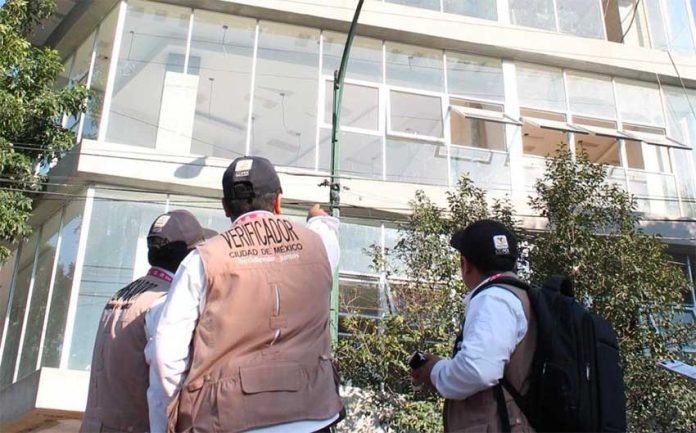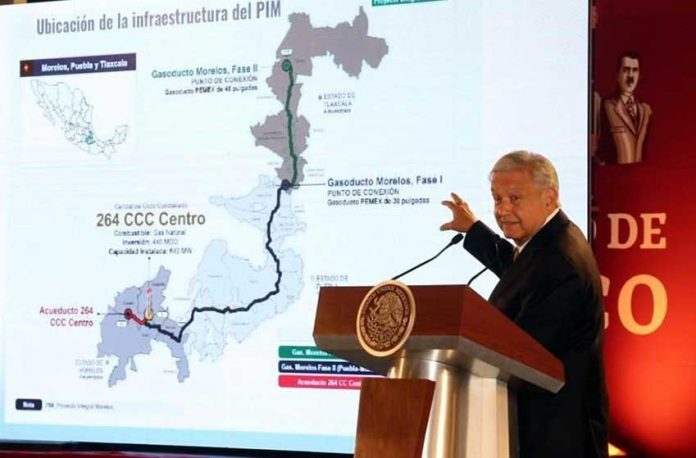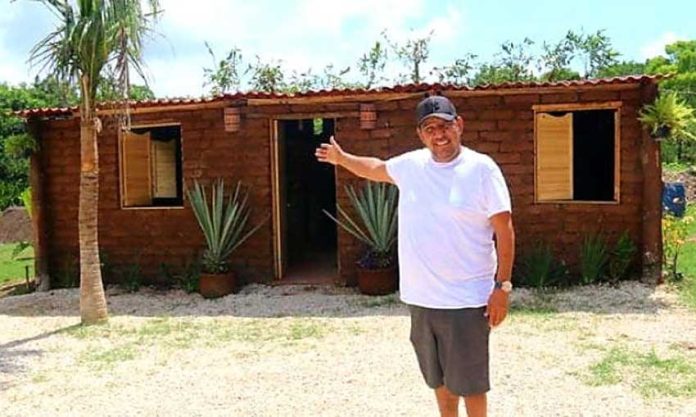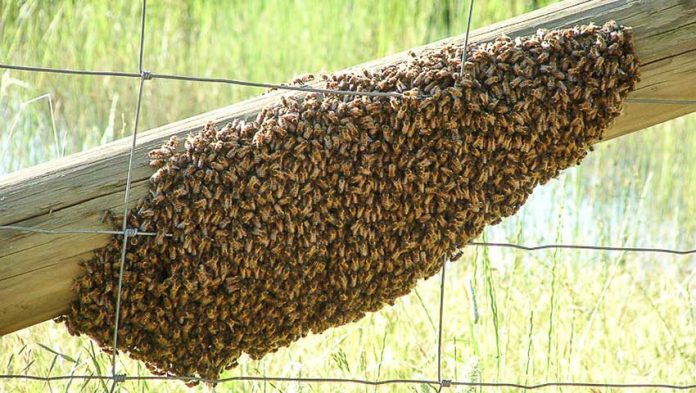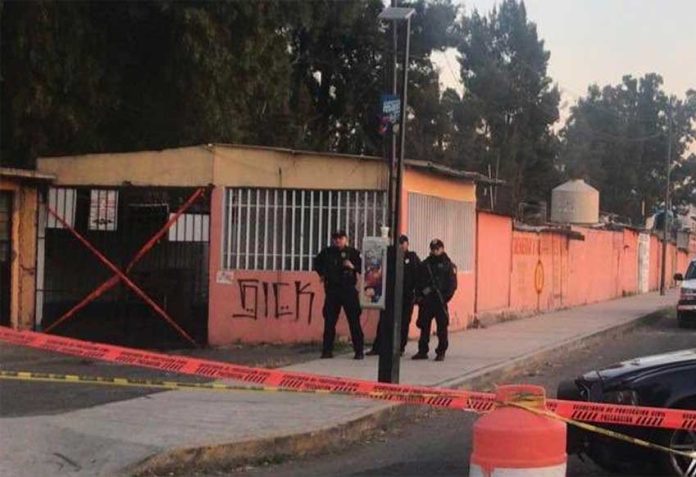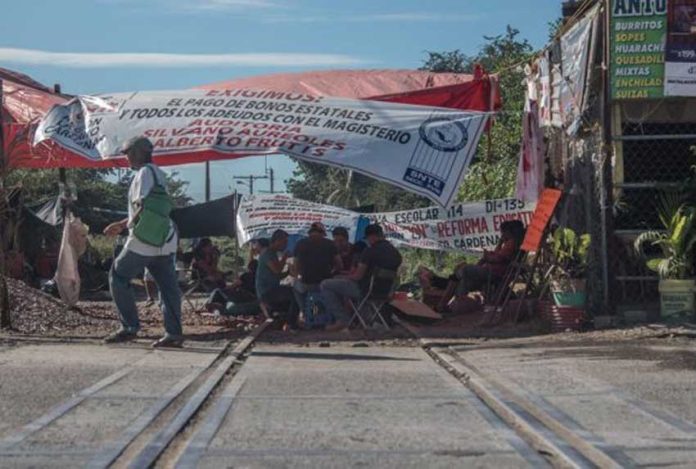Stratfor editor’s note: Since 2006, Stratfor has produced an annual cartel report chronicling the dynamics of the organizations that make up the complex mosaic of organized crime in Mexico. When we began, the landscape was much simpler, with only a handful of major cartel groups. But as we noted in 2013, the long process of balkanization — or splintering — of the groups has made it difficult to analyze them the way we used to.
Indeed, many of the organizations we had been tracking, such as the Gulf Cartel, imploded and fragmented into several smaller, often competing factions. Because of this fracturing, we changed our analysis in 2013 to focus on the clusters of smaller groups that emanate from three main geographic areas: Sinaloa state, Tamaulipas state and the Tierra Caliente region.
Surprisingly little has changed over the past year in terms of cartel dynamics. Various leaders and lieutenants have been arrested or killed, and additional splintering has continued for some already fractured groups, but by and large, 2018 was characterized by a stasis in the conflict zones of the assorted factions.
In the past, periods of stasis often entailed that cartel groups were staying within their areas of control and that violence would be lower. However, in the current period, large and bloody struggles are continuing unresolved, and cartel groups remain locked in nasty turf wars. This environment means that most of these clashes will rage on well into 2019.
This violence has been reflected in the murder statistics, as the homicide figure for 2018 hit 33,341 — far surpassing the 2017 tally of 29,168.
![]()
While Mexico’s homicide rate of about 27 per 100,000 people is higher than that of the United States (which is expected to come in at about five per 100,000 people for 2018), it is still considerably lower than the rates for other countries in the region, including El Salvador (about 82 per 100,000), Honduras (about 56 per 100,000) and Jamaica (about 47 per 100,000).
As for drug smuggling, synthetics such as methamphetamine and fentanyl continued to impact cartel dynamics heavily in 2018. The huge profits that can be reaped from manufacturing synthetic drugs dwarf those of traditional drugs. Trafficking cocaine has long been a lucrative criminal enterprise for Mexican criminals, but they must purchase the drug from Andean producers. By making methamphetamine themselves, however, they can reap the lion’s share of the profits.
Opium poppies are another profitable criminal enterprise in Mexico, whose heroin now accounts for more than 90% of the U.S. market for the drug. However, raising poppies and processing opium gum into heroin costs more and takes longer than producing fentanyl. The synthetic opioid is more profitable than heroin, which explains why criminals have been passing fentanyl off as heroin.
Record levels of poppy planting and the low cost of fentanyl have led to a collapse in the price of opium gum. With Colombian coca production also running at historically high levels, Mexican cartels are likely to continue to traffic a wide variety of drugs to meet U.S. and domestic demand.
But drug trafficking is not the only criminal activity that Mexico’s organized crime cartels engage in. The fracturing of the formerly powerful cartels has led not only to a record number of murders but also to heavily armed cartel gunmen becoming involved in a host of other criminal enterprises, from kidnapping and extortion to the theft of cargo and fuel.
It is no coincidence that the pilfering of cargo and fuel have reached historically high levels as balkanization blossomed over the past half-decade.
Tierra Caliente-based organized crime
Last year’s forecast highlighted the powerful Valencia smuggling family as the driving force behind the Jalisco New Generation Cartel (CJNG). This fact has not been lost on the Mexican and U.S. governments or their allies, who have continued to target the family.
Despite efforts to cripple the group by going after its finance and logistics apparatus (the Valencia family), the CJNG has shown no signs of running short on cash or suffering any disruption in its operations due to the arrests of high-ranking members.
Indeed, it remains the most aggressive cartel in Mexico, and its efforts to expand its area of control are largely responsible for the persistent wave of violence racking Tijuana, Ciudad Juárez, Guanajuato and Mexico City.
But the past year also revealed some emerging problems in the CJNG camp. Nueva Plaza, a splinter group of former members led by Carlos “El Cholo” Enrique Sánchez, has begun to contest the CJNG for control of Guadalajara. The violence has resulted in significant bloodshed, including the high-profile murders of three art students who were mistaken for cartel members.
Due to their aggressive nature, the CJNG and its leader, Nemesio Oseguera Cervantes (aka “El Mencho”), remain at the top of the priority target list for U.S. and Mexican authorities.
![]()
However, the Mexican government will have to be careful what it wishes for. Past operations to decapitate cartels such as the Guadalajara Cartel, the Gulf Cartel, Los Zetas and La Familia Michoacana have led to fracturing and greater violence.
Sinaloa-based organized crime
The Sinaloa cartel weathered 2018 in pretty good shape — especially considering that one of its senior leaders, Joaquín “El Chapo” Guzmán Loera, has been on trial in a Manhattan court for more than two months.
Guzmán did not plead guilty and cooperate with the U.S. government, meaning that he is likely to spend the rest of his life in an American prison with no hope of escape. The witnesses called to testify against him have shed a great deal of light upon the logistics of the cartel’s drug trafficking.
While the trial continues in New York, the work of operating a multinational logistics and manufacturing business continues in Sinaloa. Ismael “El Mayo” Zambada and Guzmán’s sons, Ivan Archivaldo and Jesús Alfredo Guzmán Salazar, who are often referred to as Los Chapitos, have fended off several internal challenges to assume control of the lucrative illegal corporation that is the Sinaloa Cartel.
They have also been able to hold their own against the incursions of the CJNG in places such as Tijuana and Juárez, and their successful resistance is in fact a big reason for the current stasis in the battle lines.
![]()
Both organizations have the resources to continue fighting for those cities through their local proxies for the foreseeable future. A significant crisis could weaken either and lead to victory for the other side. But until that happens, Tijuana and Juárez are likely to remain bloody.
Tamaulipas-based organized crime
An array of Gulf Cartel fragments is continuing to battle for primacy in Tamaulipas. José Alfredo Cárdenas, aka “The Accountant,” has been able to consolidate control over the drug-smuggling corridor, known as a plaza, in Matamoros. He has also sent some of his forces to help his local ally in Reynosa, but they have been unable to take total control there.
Despite heavy losses, including several leaders, the faction of Los Metros continues to oppose Cárdenas. Some rumors hint that it is being kept alive through CJNG support, which would signal that group’s entry into yet another struggle for control of a border plaza.
At Nuevo Laredo, the Northeast Cartel (CDN) is the remnant of the Los Zetas cartel that controls that important crossing — the busiest point of entry along the border and the one that leads directly up the Interstate Highway 35 corridor.
The CDN is led by Juan Gerardo Trevino Chavez, also known as “El Huevo;” he is a member of the old-school Trevino smuggling clan, which has a long history in Nuevo Laredo — and in the Los Zetas cartel. The CDN is locked in a vicious fight against another Los Zetas remnant, the Zetas Vieja Escuela (ZVE) — the “Old School Zetas” — that is playing out across the state, but particularly in Ciudad Victoria.
![]()
For 2019, it appears that there is little hope that Cárdenas will be able to impose any sort of pax mafiosa over Tamaulipas state and the wider region. Even if he and his allies are able to finally take control of Reynosa in 2019, they will still face significant hurdles from other Gulf Cartel and Zetas remnants in the region.
Implications
Cartel violence in Mexico has affected almost every part of the country, including areas that are considered generally safe, such as upscale neighborhoods and tourist resorts and zones. Indeed, many cartel leaders live in upscale homes or apartment buildings, and this increases the risk of violence being dragged into such areas when rivals target them for assassination or when authorities go to arrest them.
Most of the violence has been cartel on cartel or government on cartel, but with the cartels using automatic weapons and military ordnance, such as grenades and anti-tank weapons, bystanders are at considerable risk of injury or death.
And as the cartel balkanization continues, so will their expansion into criminal activity unrelated to narcotics, such as extortion, kidnapping and cargo and fuel theft. In light of these various risks, it is important for companies and organizations operating in Mexico to pay careful attention to shifts in cartel dynamics.
Travelers and expatriates in Mexico should practice the appropriate level of situational awareness, even in areas considered to be generally safe. They should also be prepared to act if they are caught in a violent incident, and they should carry an emergency kit to treat themselves or others who may be injured.
Tracking Mexico’s cartels in 2019 is republished with permission from Stratfor Worldview, a geopolitical intelligence platform. The writer is vice-president of tactical analysis at Stratfor.
